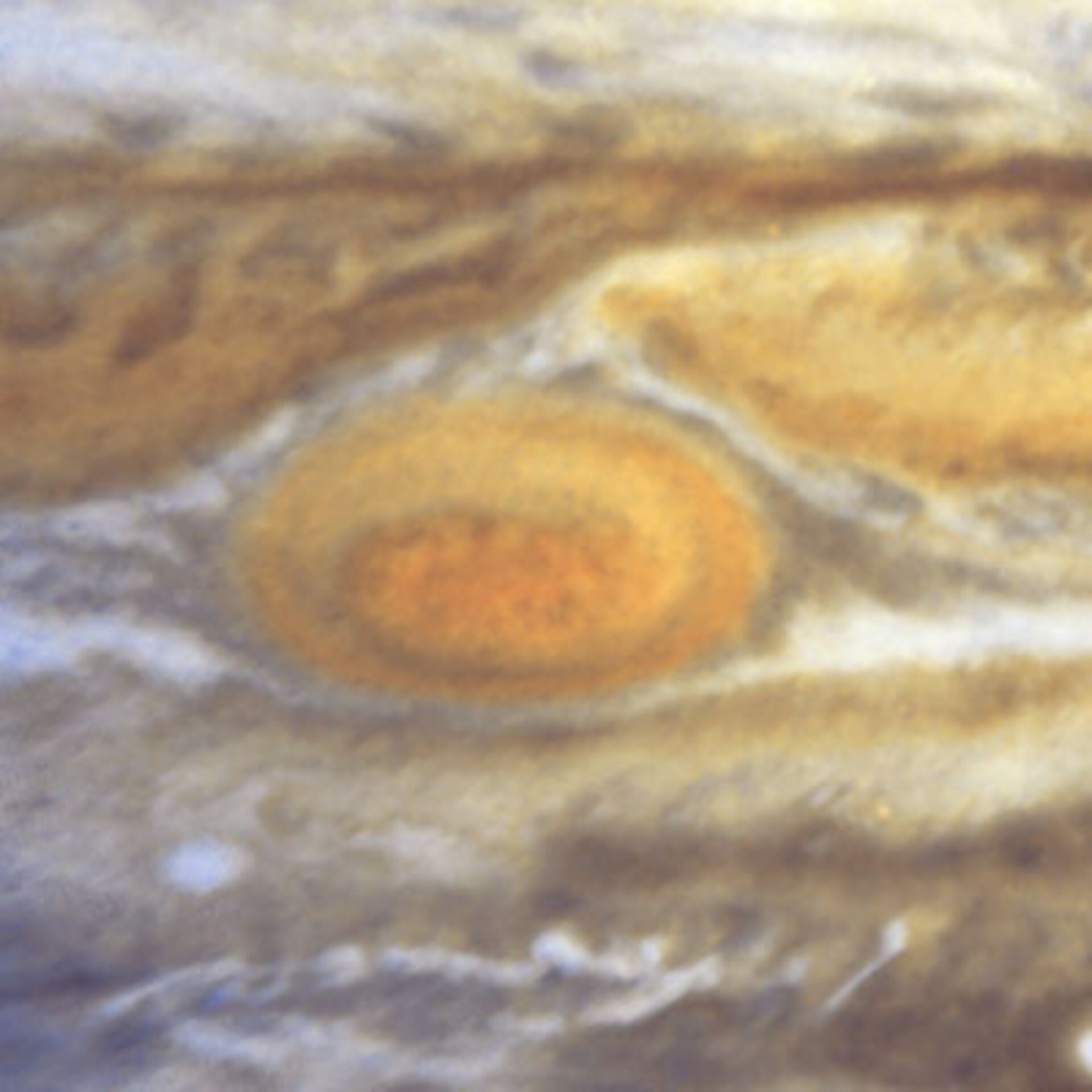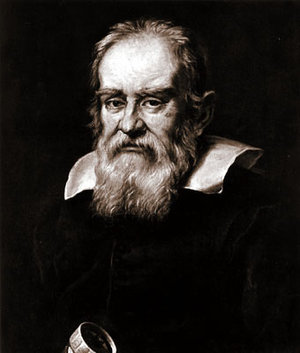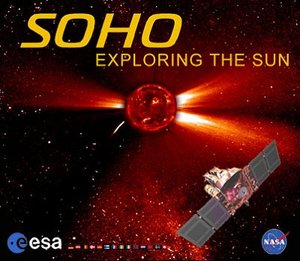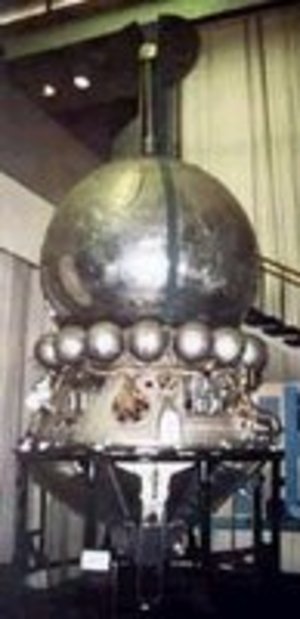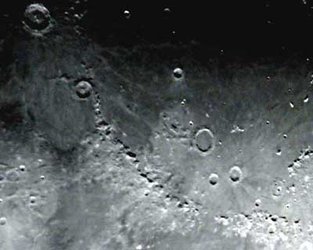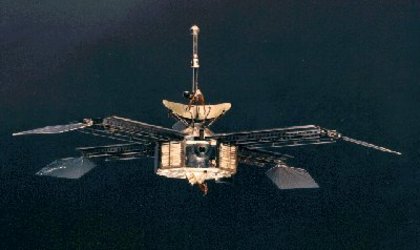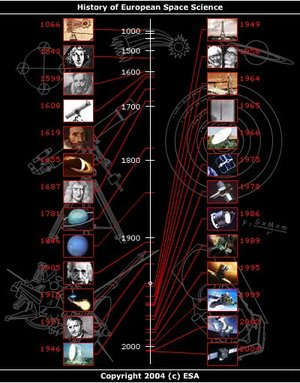5 December
1973: On 5 December 1973, the US Pioneer 10 spacecraft passed within 130 354 kilometres of Jupiter.
During the pass, Pioneer 10 obtained the first close-up images of the planet, charted Jupiter's intense radiation belts, located the planet's magnetic fields, and discovered that Jupiter is predominantly a liquid planet.
Following its encounter with Jupiter, Pioneer 10 explored the outer regions of the Solar System, studying energetic particles from the Sun (solar wind), and cosmic rays entering our portion of the Milky Way. The spacecraft continued to make valuable scientific investigations in the outer regions of the Solar System until its science mission ended on 31 March 1997.
2001: On 5 December 2001, a European initiative called the Astrophysical Virtual Observatory (AVO) was launched to give astronomers instant access to the vast databanks being built up by the world's observatories and forming what is, in effect, a 'digital sky'.
Modern observatories observe the sky continuously and data accumulates in digital archives. Many hundreds of terabytes of data - corresponding to many thousands of millions of pixels - are already available to scientists. The real sky is being digitally reconstructed in the databanks.


